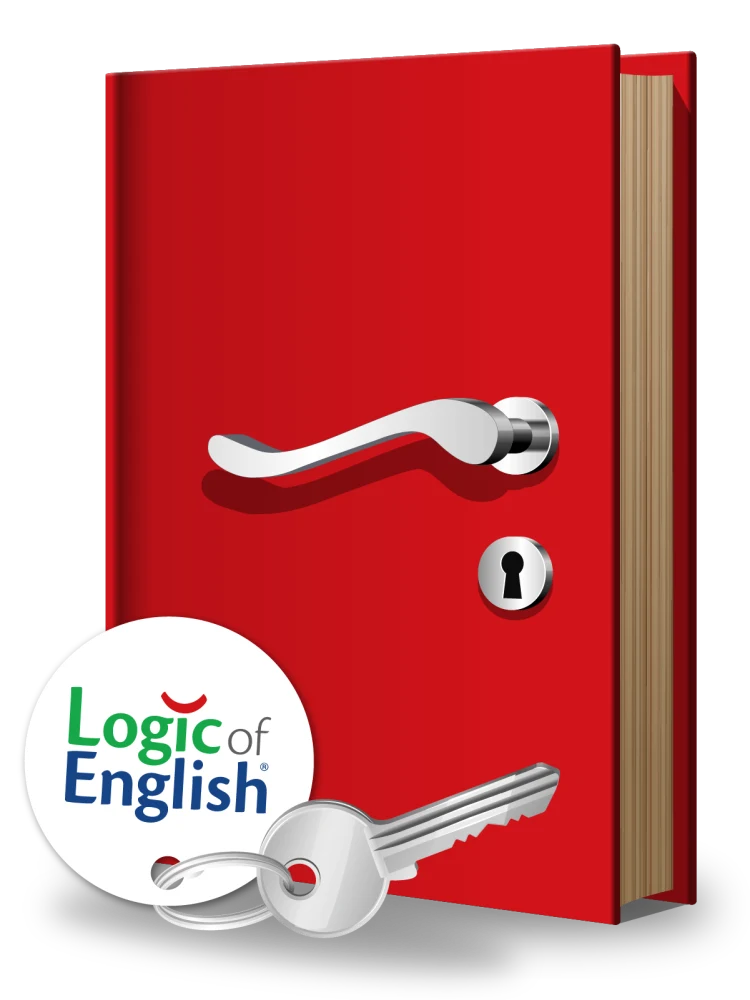- In 2022 only 33% of 4th graders and 31% of 8th graders are at or above proficiency in reading.
- Over 50% of adults struggle to read a book written at a 6th-grade level.
- Due to the pandemic, students in 2nd and 3rd grade are now 30% behind from a typical year.
- 2nd and 3rd graders are now 30% behind compared to previous years.
- In 2020, 28% of kindergarten students were "at a great risk for not learning to read." In 2021, that number increased to 47%.
- 40% of 1st graders are "significantly behind in literacy skills" and "will need intensive intervention to prevent them from ending the year below grade level."
- 85% of juveniles in the U.S. court system are illiterate.
When the phonograms and rules of English are taught in a systematic manner through solid, multimodality teaching methods that develop visual muscle memory, prevent reversals, and address the needs of all types of learners, we will be on our way to solving the literacy crisis for all its current victims and preventing it in future generations. The logic of English needs to be taught from the very beginning of every child's education so that everyone can succeed.

The literacy crisis is a tragedy that has been affecting our country since we began measuring the data. Devastatingly, this is still happening during a time in history when jobs are increasingly technical, and the need for highly skilled workers is continually rising.
Illiteracy Impacts Every Aspect of Our Society
Illiteracy impacts millions of people daily and is connected to almost every socio-economic issue in the United States. It affects physical and mental health, employment opportunities and quality of life. It impacts our classrooms, our workforce, our sense of community and belonging.
Reading is Crucial. Fundamental. Necessary.
Yet, 130 million American adults read below the 6th-grade level. The lack of access to resources, knowledge and tools has created an epidemic that has been overlooked for many years.
Together we can reverse the literacy crisis facing America today.
Researchers have demonstrated that virtually all children can learn to read when using methods based on the Science of Reading. We believe everyone should have access to accurate phonograms and spelling rules, which are the key to decoding and spelling.
In 2000, the National Reading Panel reviewed over 100,000 studies and came to the conclusion that there are five essential skills to teach reading: phonemic awareness, systematic phonics, fluency, vocabulary and comprehension. If these skills are incorporated into our language arts programs, our students will learn to read and write.
Discover the 5 Essential Skills of Reading »
References
"Average Prose, Document and Quantitative Literacy Scores of Adults: 1992 and 2003." National Center for Education Statistics, n.d. https://nces.ed.gov/naal/kf_demographics.asp#1.
Dehaene, Dr. Stanislas. 2013. "Lecture by Dr. Stanislas Dehaene on 'Reading the Brain.'" April 30. https://www.youtube.com/watch?v=MSy685vNqYk.
Dehaene, Stanislas. 2010. Reading in the Brain. Penguin Books.
Eide, Denise. 2012. Uncovering the Logic of English. Second. Minnesota: Logic of English.
Langan, Patrick A., and David J. Levin. "Recidivism of Prisoners Released in 1994." Bureau of Justice Statistics. U.S. Department of Justice, June 2002. https://bjs.ojp.gov/content/pub/pdf/rpr94.pdf.
"Literacy Behind Prison Walls." National Center for Education Statistics. U.S. Department of Education, October 1994. https://nces.ed.gov/pubs94/94102.pdf.
Music, Emily. "Teaching Literacy in Order to Turn the Page on Recidivism." JL & Educ. 41 (2012): 723.
Seidenberg, Mark. 2018. Language at the Speed of Sight: How We Read, Why So Many Can't, and What Can Be Done About It. Basic Books.
Twyman, Janet S. "Faultless communication: The heart and soul of DI." Perspectives on Behavior Science 44, no. 2 (2021): 169-193.

